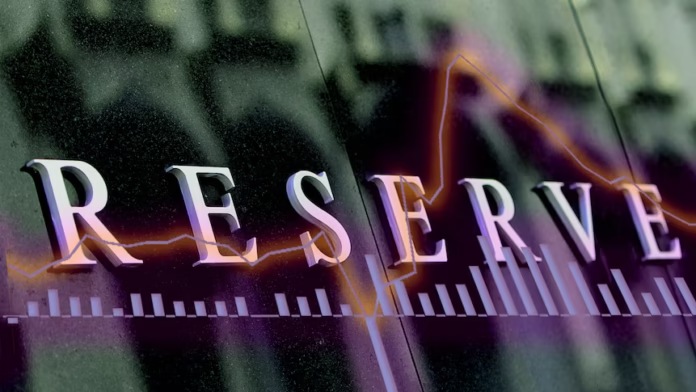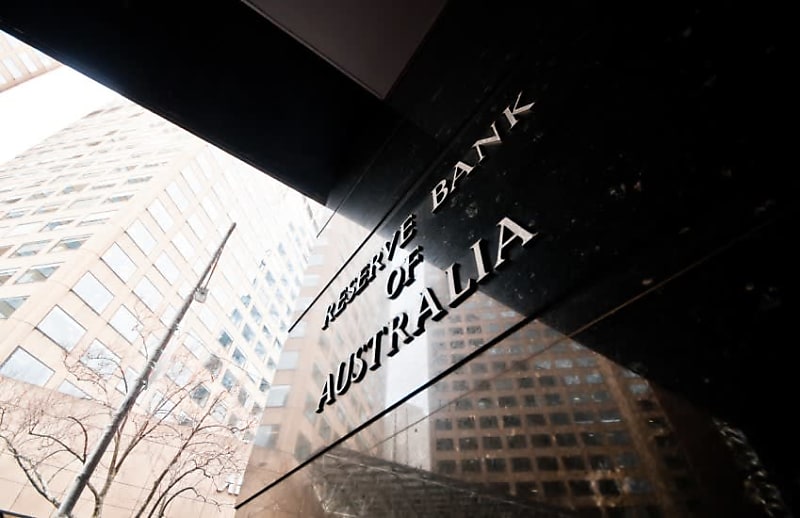The Reserve Bank of Australia kept its official cash rate at 3.85 percent on Tuesday, a move that surprised many investors who expected another reduction this month. Markets had almost fully priced in a cut to 3.60 percent based on futures trading, but the board chose to pause and gather more evidence on economic trends. Six of the nine board members backed the hold, while three voted for a rate cut, a split revealed for the first time in RBA records reuters.comabc.net.au.
Decision Surprises Investors
Financial markets reacted sharply when the RBA announcement hit screens. The Australian dollar rose by nearly one per cent against the US dollar and similarly gained ground versus the euro, as traders adjusted to the unexpected stand‑still. Major banks had moved their own forecasts in recent days to anticipate a July cut, and economists at ANZ and Commonwealth Bank had cited weak consumer spending and trade policy concerns in support of easing. Yet the board judged that it must wait and see until more data lands in the coming weeks reuters.combloomberg.com.
Inflation and Growth Signals
Inflation has eased from peaks seen in 2022, with headline consumer prices rising 2.1 per cent in May and the trimmed mean measure slipping to 2.4 percent, its lowest point in three and a half years. At the same time, the jobless rate has held near 4.1 per cent, reflecting a solid labour market that shows little sign of weakness. The bank noted that earlier cuts in February and May had not yet spurred enough spending to keep demand firmly on track, so it opted to stand firm until more signs confirm that inflation will keep falling towards the bank’s 2.5 percent target reuters.comabc.net.au.
Global Tensions Add Pressure
Broader trade disputes and policy shifts overseas also fed into the bank’s careful tone. Investors have fretted over looming US tariffs on a range of Asian imports, including announcements by President Trump this week that could hit Japan and South Korea. These moves have unsettled currency and equity markets across the region, making policy decisions in Australia more complex. Officials pointed out that local banks and businesses have weathered shocks so far, but they remain alert to external risks that could drag on growth reuters.comfxempire.com.
What Comes Next
With that pause in policy, attention now turns to the bank’s next meeting in August. Money markets see an 85 percent chance of a rate cut then, expecting a move to around 3.10 percent by year-end. Treasurer Jim Chalmers acknowledged the disappointment among some homeowners, yet he also agreed that waiting for fresh data on June quarter inflation makes sense. House prices have climbed since the earlier cuts, but spending has stayed muted. The bank will review labor figures, consumer surveys, and global shifts before deciding its next step reuters.com.
Analysis: What This Means for Borrowers and the Economy
And here’s why this matters. Homeowners holding mortgages at variable rates face relief only if the bank acts soon, but today’s pause suggests that any relief may arrive in August at the earliest. Savers may breathe easier now that rates will stay higher for a little while. On the business side, firms planning new investments may have to hold off on borrowing until they see firmer signs of falling inflation. Overall, the RBA has shown that it will not rush moves even when inflation data eases and growth remains weak. It wants confidence that price rises will slow steadily before cutting again, and only time and data will confirm if it chose the right path reuters.combloomberg.com.


